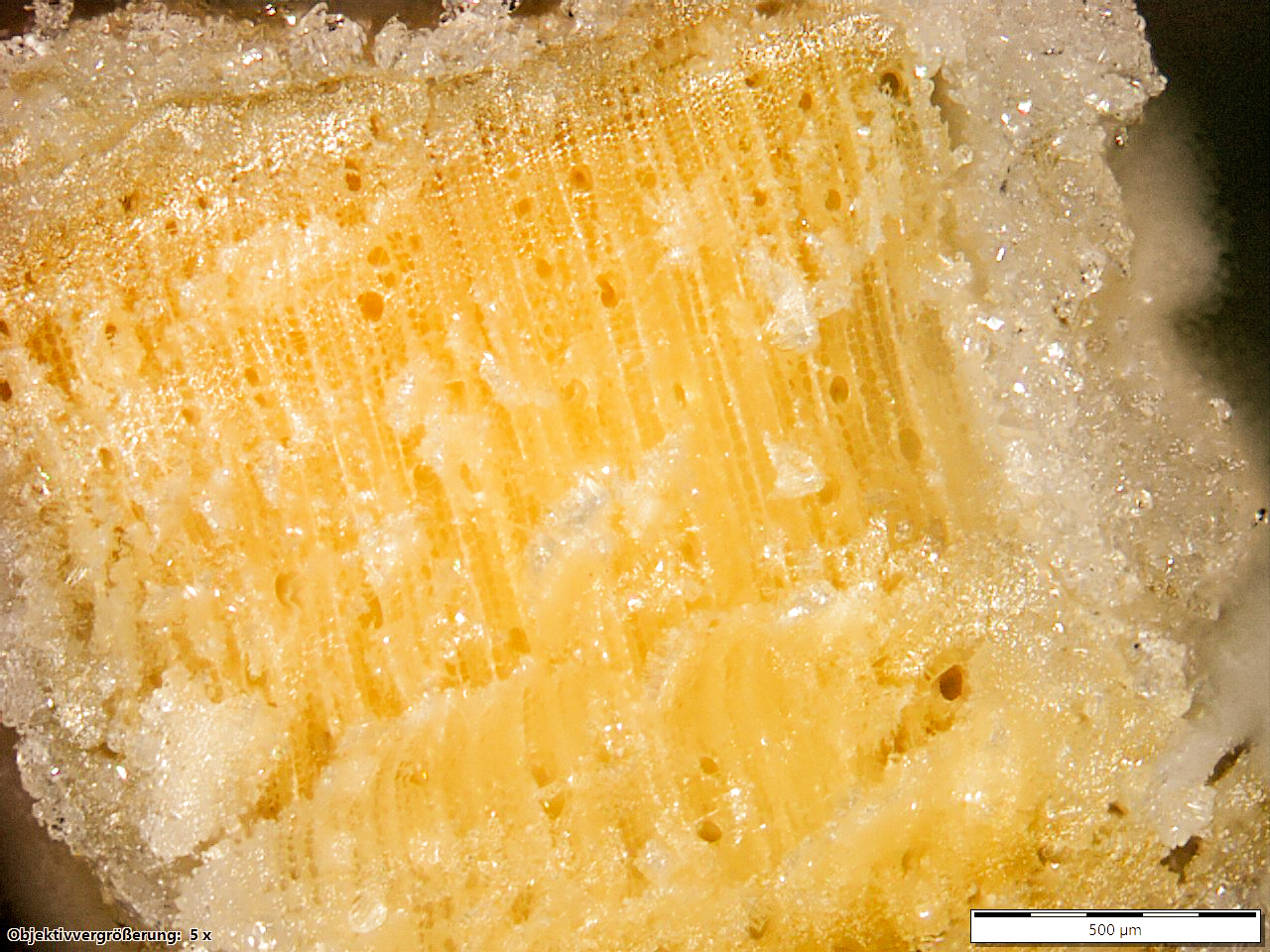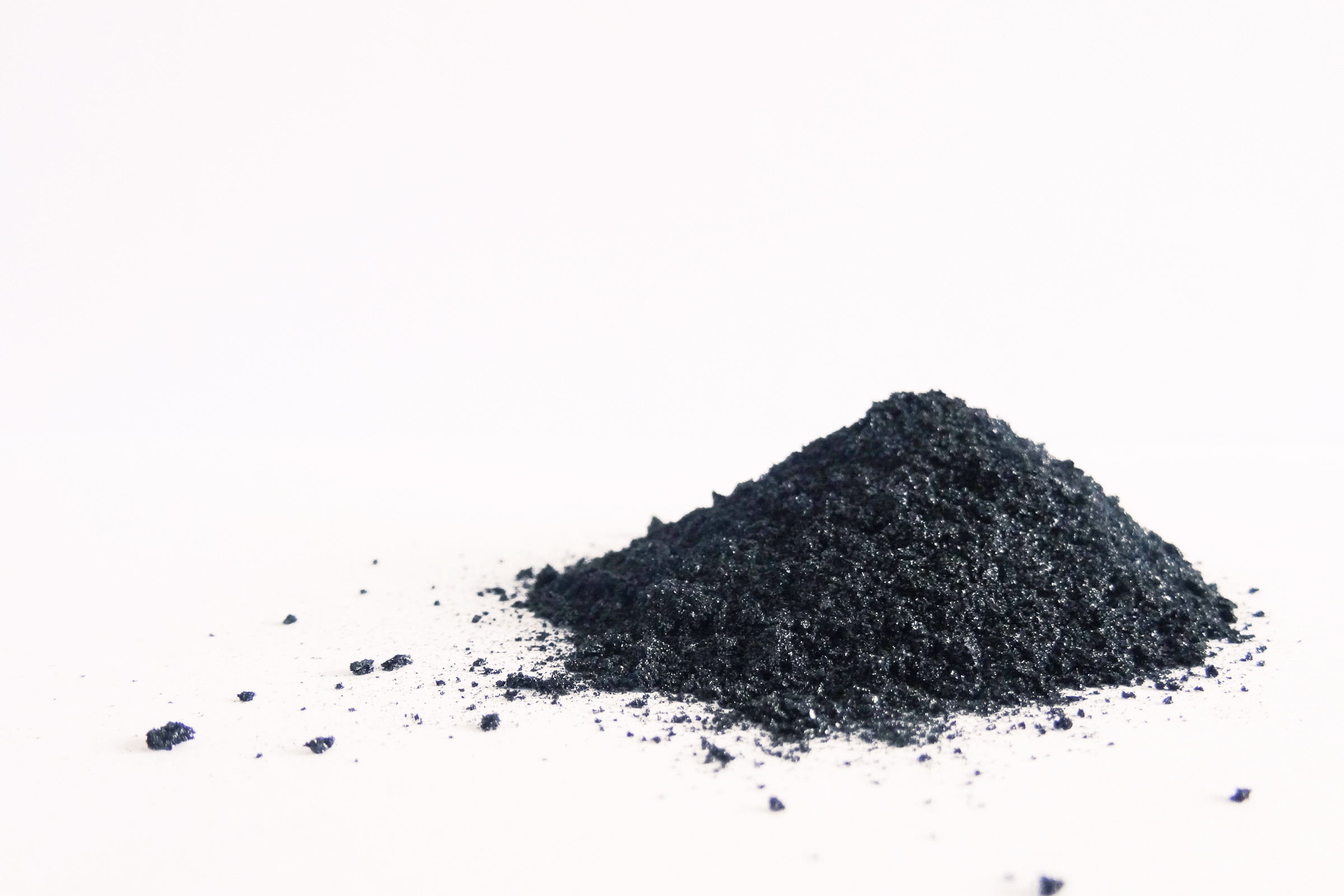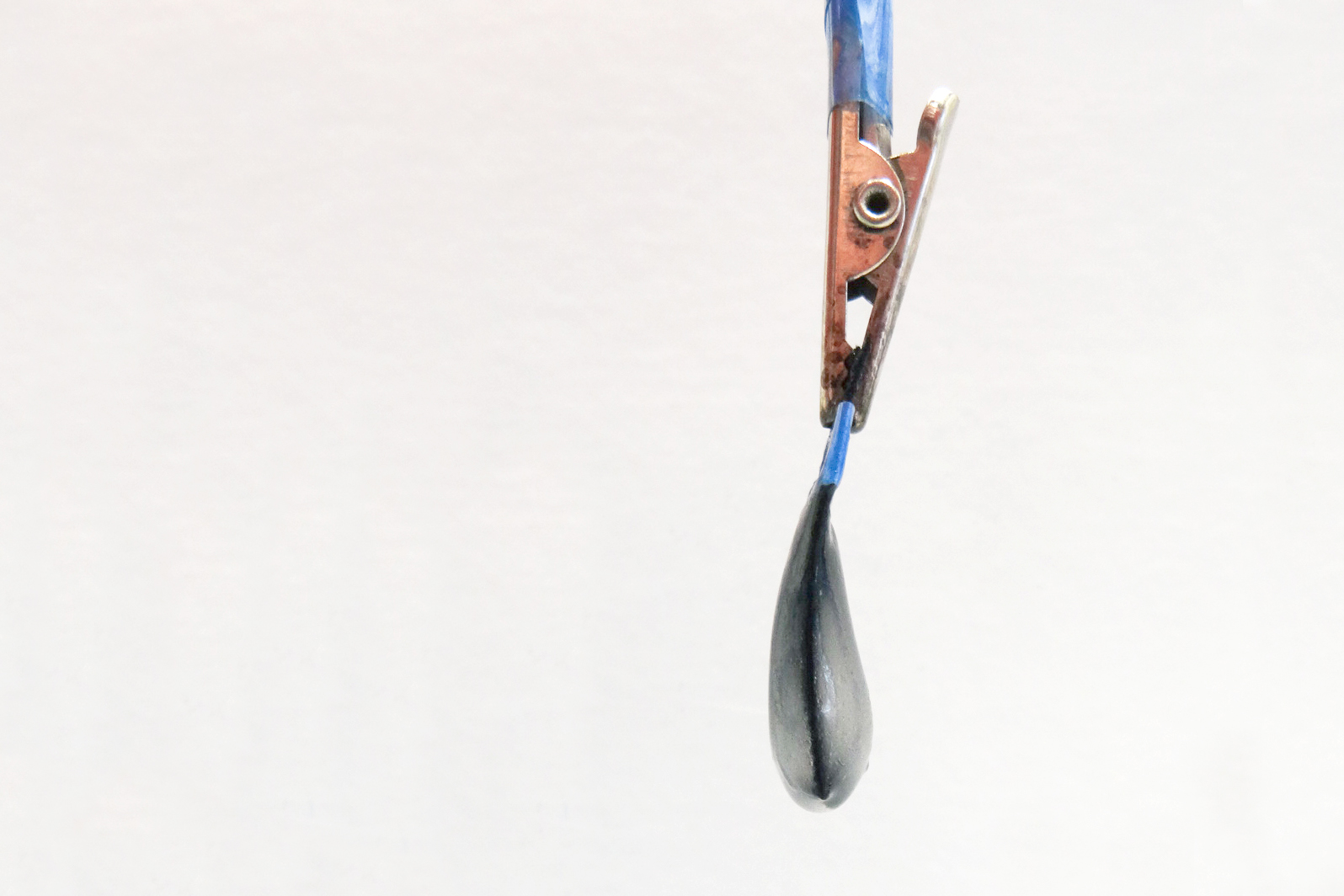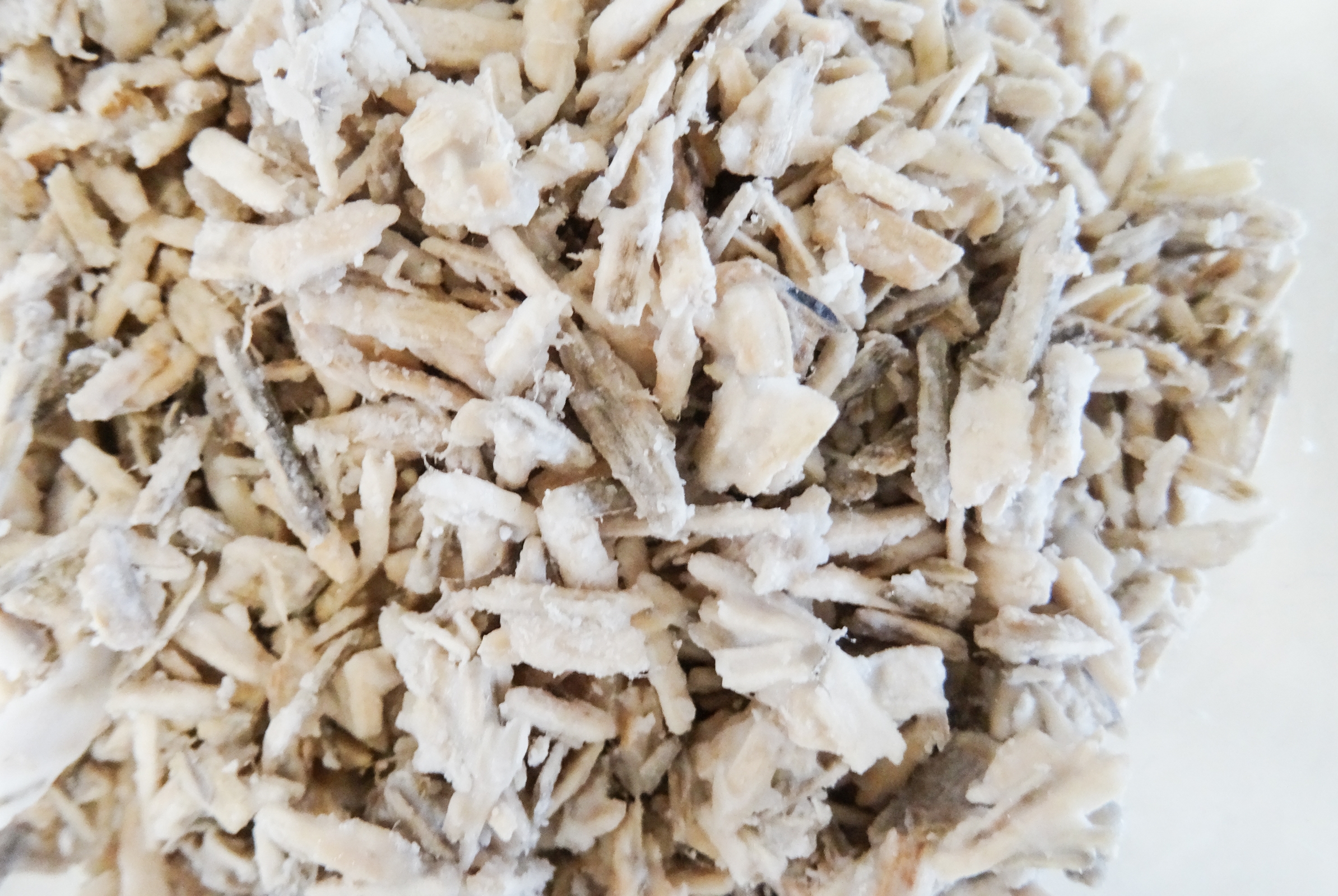Biohybrid materials: Biology meets chemistry and technology
The philosophy in the innovation field of bioinspired chemistry is to take advantage of the properties and structures of natural molecules for their profitable use in the production of target products, while retaining their functionalities. Thereby, biohybrid materials play a major role, acting as interface between the disciplines of biology, chemistry and technology and leading towards enhanced synergy effects.
But what is meant by biohybrid materials? We define these materials as functional materials covering a broad spectrum involving the efficient combination of a biogenic and non-biogenic part. That includes the combination of the unique properties of organic biomolecules, e.g. proteins and DNA, or chemical substances, e.g. metal catalysts, minerals or trace elements, with technical or non-biological components, e.g. surfaces or polymers. This leads to transient, responsive and/or switchable materials that can be profitably used directly as end products or as platforms for the synthesis of target products.
Currently, the following projects are being developed:
- Combination of chemical catalysts with biobased supporting materials
- Bioelectrocatalytic NADPH regeneration and CO2 reduction through the immobilization of enzymes in redox-active polymers deposited on electrode materials
- Incorporation of trace elements and minerals into porous sorption-capable biocomponents
The combination of natural and technical materials allows to overcome previous limitations in terms of efficiency, choice of possible raw materials or product spectrum. In the case of catalytically active biohybrid materials, it is also possible to combine different types of catalysis to exploit the full potential of chemical, biological and electrochemical catalysis.
 Fraunhofer Institute for Interfacial Engineering and Biotechnology IGB
Fraunhofer Institute for Interfacial Engineering and Biotechnology IGB


